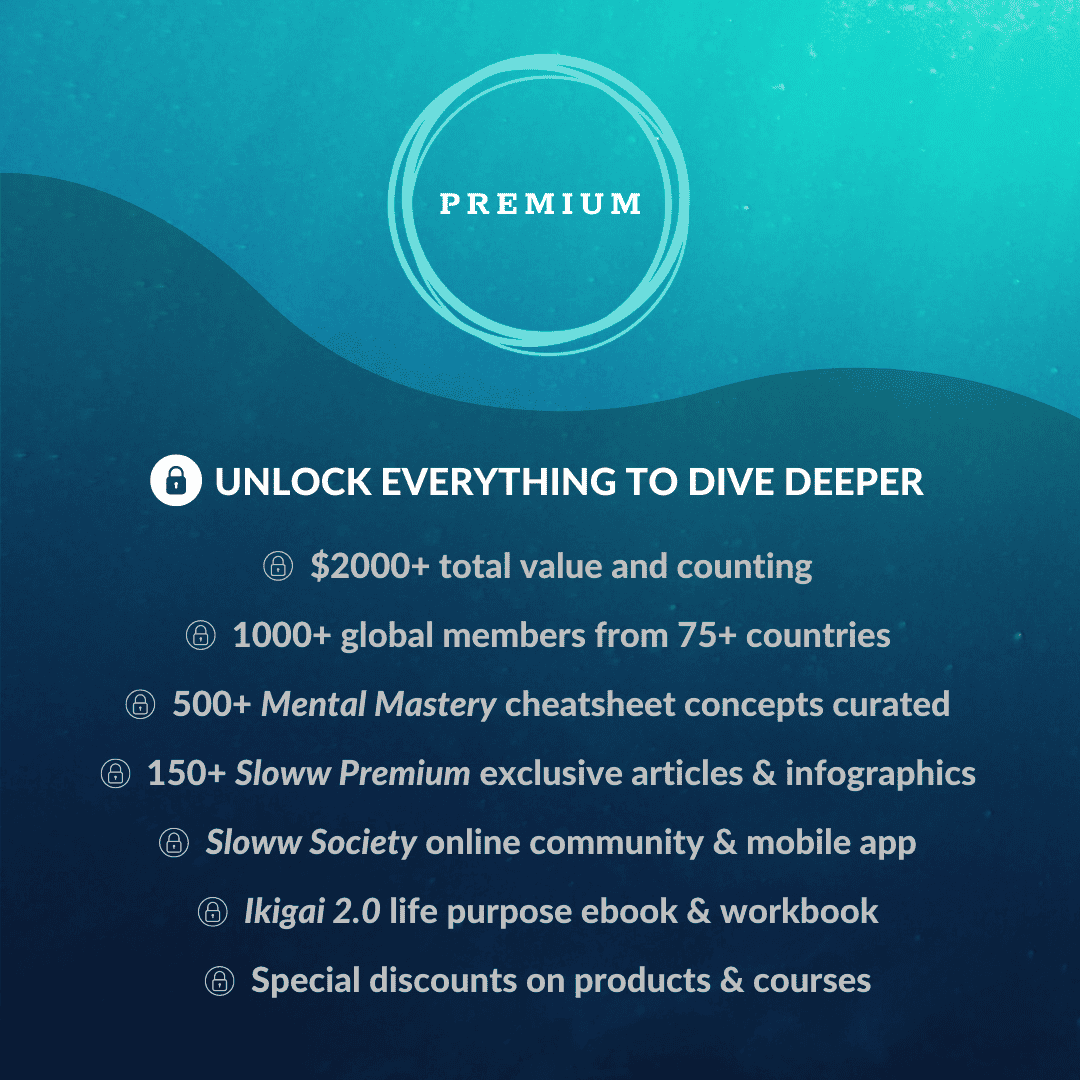“I’m not really a business author; I just happen to have used companies as the method to study human systems because there’s great data.” — Jim Collins
Pair this post with: What is the Hedgehog Concept by Jim Collins? (& How Does it Compare to Ikigai?)
I just listened to a fantastic podcast conversation between Tim Ferriss and his guest Jim Collins.
Who is Jim Collins?
Jim Collins is an author, researcher, teacher, and advisor. In 2017, Forbes selected him as one of the 100 Greatest Living Business Minds. He has written multiple books, including the bestseller “Good to Great” (Amazon). In total, his books have sold more than 10 million copies worldwide. He also had Peter Drucker as a mentor—the father of modern management.
The most recent book by Jim Collins is a shorter monograph titled “Turning the Flywheel” (Amazon). He originally wrote about the Flywheel Effect in chapter eight of “Good to Great,” but this monograph expands on the concept. It’s directed at business leaders (for work), but Collins proactively created a personal flywheel (for life) in his podcast interview with Tim Ferriss.

What is the Flywheel Effect by Jim Collins? (& How to Build Momentum for your Life Purpose)
Let’s start by defining the Flywheel Effect
Googling “flywheel” will give you a bunch of technical definitions and videos. Instead, it may be easiest to think about it as what powers a spin bike or potter’s wheel. If you’ve done either of those activities, you know that it takes a good amount of effort to get the wheel going. But, once in motion, you benefit from the momentum that you’ve built up from your initial hard work.
Here’s how Jim Collins describes a flywheel in his words:
- “Picture a huge, heavy flywheel—a massive metal disk mounted horizontally on an axle, about 30 feet in diameter, 2 feet thick, and weighing about 5,000 pounds. Now imagine that your task is to get the flywheel rotating on the axle as fast and long as possible.”
- “Pushing with great effort, you get the flywheel to inch forward, moving almost imperceptibly at first. You keep pushing and, after two or three hours of persistent effort, you get the flywheel to complete one entire turn.”
- “You keep pushing, and the flywheel begins to move a bit faster, and with continued great effort, you move it around a second rotation. You keep pushing in a consistent direction. Three turns … four … five … six … the flywheel builds up speed … seven … eight … you keep pushing … nine … ten … it builds momentum … eleven … twelve … moving faster with each turn … twenty … thirty … fifty … a hundred.”
- “Then, at some point—breakthrough! The momentum of the thing kicks in your favor, hurling the flywheel forward, turn after turn … whoosh! … its own heavy weight working for you. You’re pushing no harder than during the first rotation, but the flywheel goes faster and faster. Each turn of the flywheel builds upon work done earlier, compounding your investment of effort. A thousand times faster, then ten thousand, then a hundred thousand. The huge heavy disk flies forward, with almost unstoppable momentum.”
Collins takes the flywheel a step further and turns it into a concept or principle called the Flywheel Effect:
- “A flywheel is an underlying, compelling logic of momentum … there’s an inevitability built in. If you do A, you almost can’t help but do B. And if you do B, you almost can’t help but do C. And if you do C, you almost can’t help but do D. And around and around. And it’s driven around because there’s an underlying connection. There’s a logical sequence that builds dynamic momentum, because A drives B drives C drives D and around back to the top of the loop. Then, if you can kind of stand back and then say, ‘We need to engage in the very hard thinking of figuring out exactly how our flywheel turns. What is our flywheel?’ In a way that truly has that inexorable driving momentum within it.”
He goes on to describe the flywheel as a “reinforcing loop” and says:
- “The key is you build it over a long period of time. The power of a flywheel is that it’s an underlying logic, it’s an underlying architecture.”
Here’s a short video intro to Jim Collins and the Flywheel Effect:
Use the Flywheel Effect to Build Momentum for your Life Purpose
Jim Collins is a big proponent of preparation. In preparation for his podcast with Tim Ferriss, he anticipated that Tim may ask him about his own personal flywheel. Here’s what Jim came up with:
- “When you do a flywheel, you need to first ask: ‘Where’s the flywheel going to start?’…The start of the flywheel is a key question, and in my case, it’s curiosity-fed big questions. That’s where my flywheel starts. It all starts with what am I curious about? That has to be at the beginning of everything.”
- “If I’m really curious about something, well then I can’t help but want to learn about it and do research on it. That will throw me into the research.”
- “If I do the research right and really, really throw ourselves into it and stand those creative hours of the research, well then I can’t help but have ideas and insights, concepts that come out of that research.”
- “Then, if I have those, then I can’t help but want to write them and teach them and share them. That means going through the suffering of writing, as you know. To write them well and to wrap them well and to get the concepts and the right vessel, I can’t help but want to do that.”
- “If I do that, well then I can’t help but have at least some impact on the world if it’s well done. That’s the power of writing. You never know where it goes.”
- “If you have impact and reach in the world, well then you can’t help but have funding that comes from that, meaning there’s some economics that comes that allows you to do what?”

The flywheel seems like an interesting approach to build momentum for your own life purpose.
What do you think? Please share your thoughts in the comments.
You May Also Enjoy:
- What is the Hedgehog Concept by Jim Collins? (& How Does it Compare to Ikigai?)
- The Truth about Ikigai: Definitions, Diagrams & Myths about the Japanese Life Purpose
- Ikigai 2.0: Evolving the Ikigai Diagram for Life Purpose (& Why and How it Needs to be Redesigned)
- My Ikigai 2.0 — A Detailed Personal Ikigai Example of How to Find Your Life Purpose
Sources:
- https://www.jimcollins.com/article_topics/articles/the-flywheel-effect.html
- https://tim.blog/2019/02/18/jim-collins/ & https://tim.blog/2019/02/20/the-tim-ferriss-show-transcripts-jim-collins-361/






Great Post! Full of insights! Thanks Kyle
Sure thing, thanks Pedro!